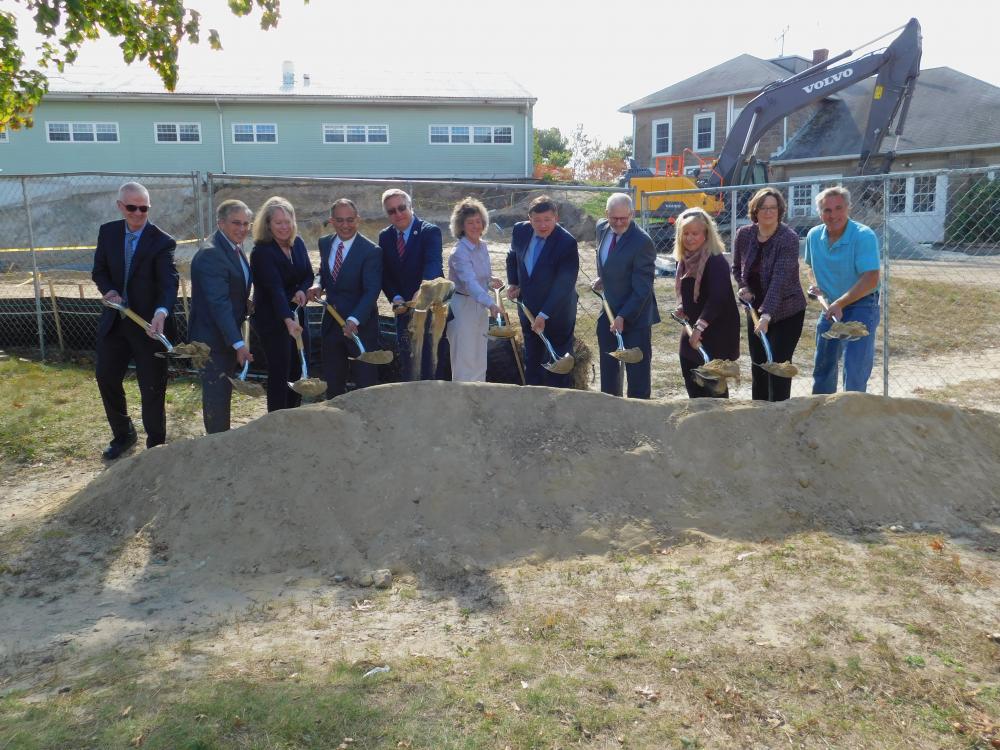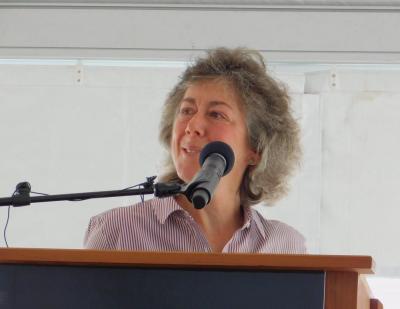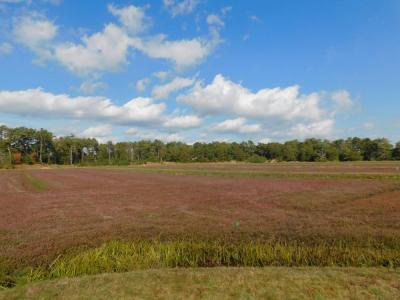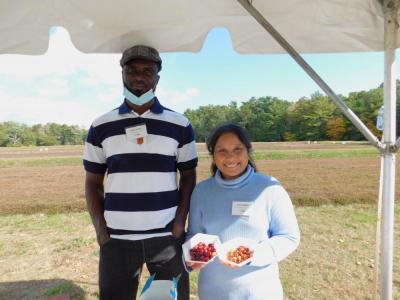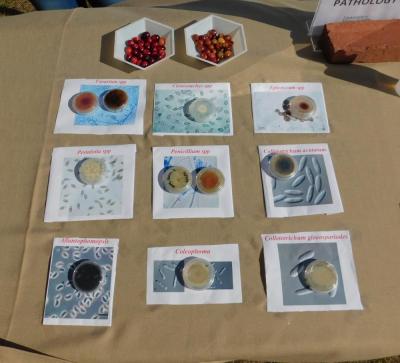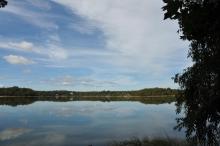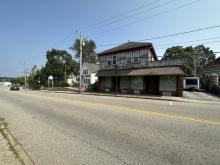Cranberry Research Station will be growing: Ground broken for nearly $8 million expansion
Tucked on State Bog Road near the Wareham Recycling Center is the UMass Cranberry Research Station: Bogs and labs where scientists are hard at work conducting research into the best practices for cranberry growers.
That facility will soon see nearly $8 million in upgrades, thanks to funding from the state and UMass.
The Cranberry Research Station first opened in 1911 as the result of a collaboration between the Cape Cod Cranberry Grower’s Association and UMass Amherst, known then as the Massachusetts Agricultural College.
In the more than 100 years since, the station has advanced research into all areas of cranberry production, from evaluating different varieties of cranberry, developing methods to protect berries from frost, developing more targeted and environmentally-friendly pesticides and evaluating how solar energy can be collected over working bogs.
The upgrades will include the construction of new office and meeting space, and renovations of the existing lab building to create new lab facilities and improve the ventilation and water systems. The station’s administrative building will get a new roof.
A number of officials from UMass Amherst and the state government gathered with the scientists on Oct. 22 for a ground-breaking ceremony.
“The physical buildings are really important, but it’s really the people who make this place what it’s been so that people have been excited and willing to invest in it,” said Hilary Sandler, the director of the station. “I’ve got a great staff: They’re not only excellent scientists, or good communicators, or good farm workers, they’re so dedicated. They’re so welcoming to the growers.”
Sandler said that the addition will help attract new scientists. In addition to one completed lab space, several will be left unfinished so they can be built to suit recruited scientists.
“The cranberry — which just happens to be a dazzling version of the UMass Amherst maroon — is vital to the region and the entire Commonwealth,” said UMass Amherst Chancellor Kumble Subbaswamy said. “The research conducted here is vital to the industry.”
The Research Station’s scientists work closely with area growers.
“This research endeavour is also uniquely defined by the close partnership it shares with the industry,” said Subbaswamy. “Research is driven by the needs of the growers, and, in turn, the success of growers in harvesting their crop further informs and influences our research.”
State Senator Marc Pacheco said he was grateful for the investment in his district.
“We need this center,” Pacheco said. “We need all of the technology assistance that will come out of this, the science that will come out of this, that will keep us competitive as we continue on in this 21st century.”
Scientists were also on hand to share their work.
Leela Saisree Uppala, an assistant professor at the station, is currently working on a three-year project studying the microclimates of 39 different bogs across the area — work made possible through the cooperation of growers.
This year’s heavy rains have been especially challenging for growers, Uppala said. Late season rains create prime conditions for fruit rot.
Peter Jeranyama, an associate professor, said he’s been studying how carbon dioxide is absorbed by berries on the vine. Other work of his has included studying how to protect berries from frost by having growers turn on their sprinklers to encase the berries in a thin layer of water. As that water freezes, it releases a bit of heat — enough to keep the berries themselves from freezing.
Martha Sylvia, an entomologist, said that every day at the center is different. A grower could show up at any time with a new pest from the bogs in a jar, for instance, or she could be out on the station’s own bogs collecting data.
For more information about the Research Station, go to https://ag.umass.edu/cranberry.



